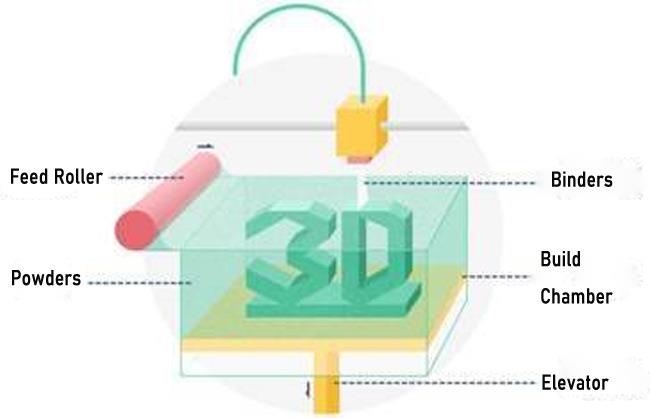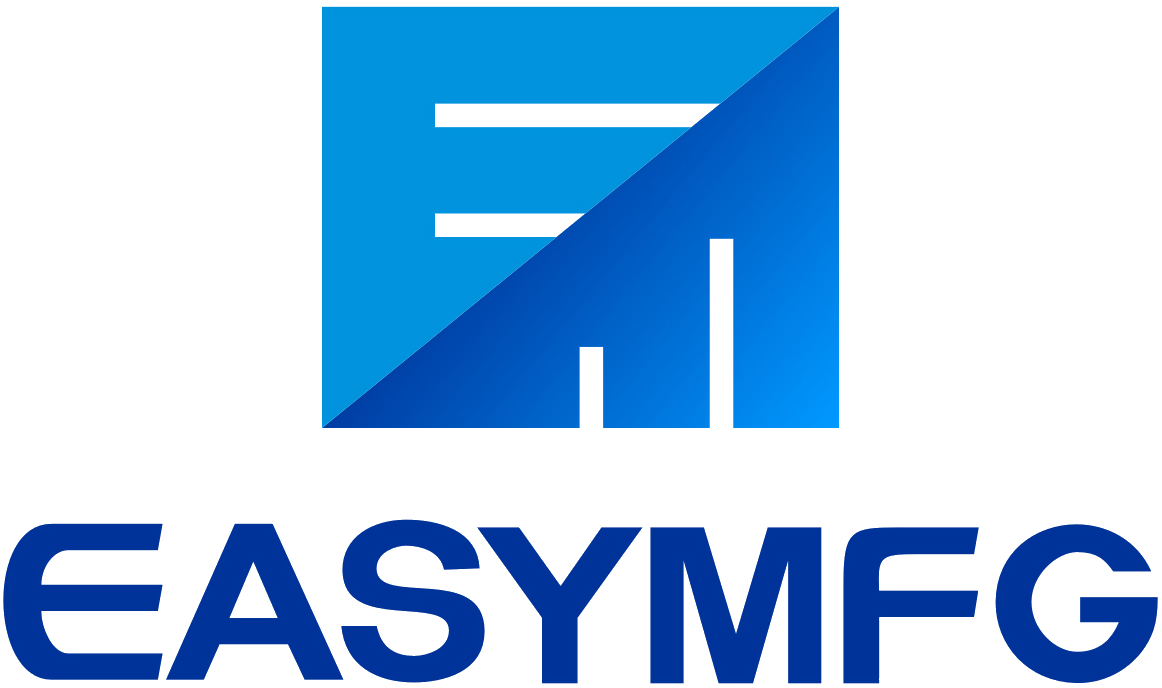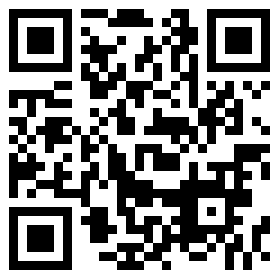Exploring the Advantages and Challenges of Binder Jet 3D Printing
Customers and peers often inquire about various aspects of 3D printing, including binder jet 3D printing. Here’s a comprehensive breakdown:
Binder Jet 3D Printing Technology:
Binder jet 3D printing, also known as droplet jet 3D printing, inkjet 3D printing, or simply 3DP, shares similarities with traditional 2D inkjet printing. It's a molding technology that closely aligns with the concept of "3D printing" and was initially developed by the Massachusetts Institute of Technology (MIT) in 1993. This process involves using nozzles to spray binders selectively onto powders to form the desired shape.
The process typically begins with a powder spreading mechanism laying down a thin layer of powder material on a processing platform. Then, an inkjet print head precisely sprays a layer of binder onto the powder, conforming to the cross-sectional shape of the layer. This process is repeated layer by layer until the entire part is printed. After printing, any uncured powder is cleaned up, leaving behind a three-dimensional physical prototype.

Advantages of Binder Jet 3D Printing:
- Wide Range of Raw Materials: In theory, binder jet 3D printing can utilize almost any powder that can be bonded by binders. Mature materials on the market include gypsum powder (for full-color printing), sand, metal powder, and ceramic powder.
- High Speed: Binder jetting, relying on array nozzles for binder deposition, boasts high speeds compared to other mainstream 3D printing technologies like SLS, SLM, SLA, and FDM. The wide printheads enable faster printing, making it dozens or even hundreds of times faster.
- Low Printing Environment Requirements, Low Cost: Binder jet 3D printing doesn't require specialized environments like some other technologies. Additionally, it has lower overall costs as it doesn't necessitate expensive equipment like lasers and scanning systems, and it typically doesn't require supports during printing.
Challenges of Binder Jet 3D Printing:
- Low Initial Part Strength: Initial parts may have lower strength due to the layer-by-layer bonding process. However, post-processing techniques like high-temperature sintering can improve overall strength and performance, especially for metal parts.
- Surface Quality: Since binder jet 3D printing is a cold-forming process, surface quality may be lower initially due to floating powder. However, post-processing, such as high-temperature sintering, can improve surface roughness, especially for metal parts.
By addressing these questions comprehensively, customers and peers can better understand binder jet 3D printing technology and its advantages in the ever-evolving world of additive manufacturing.




